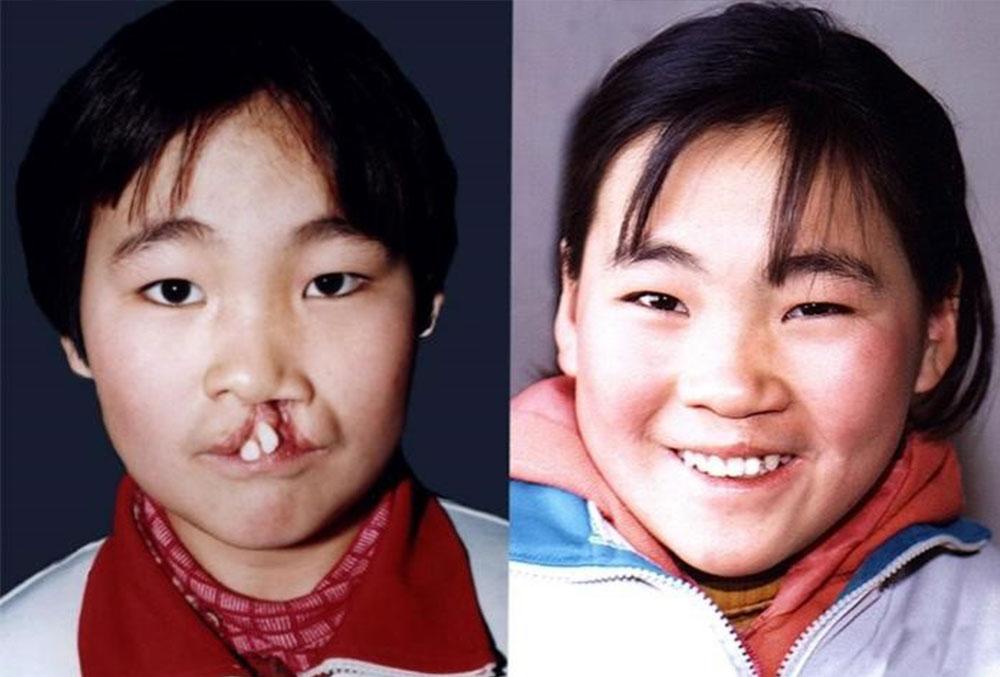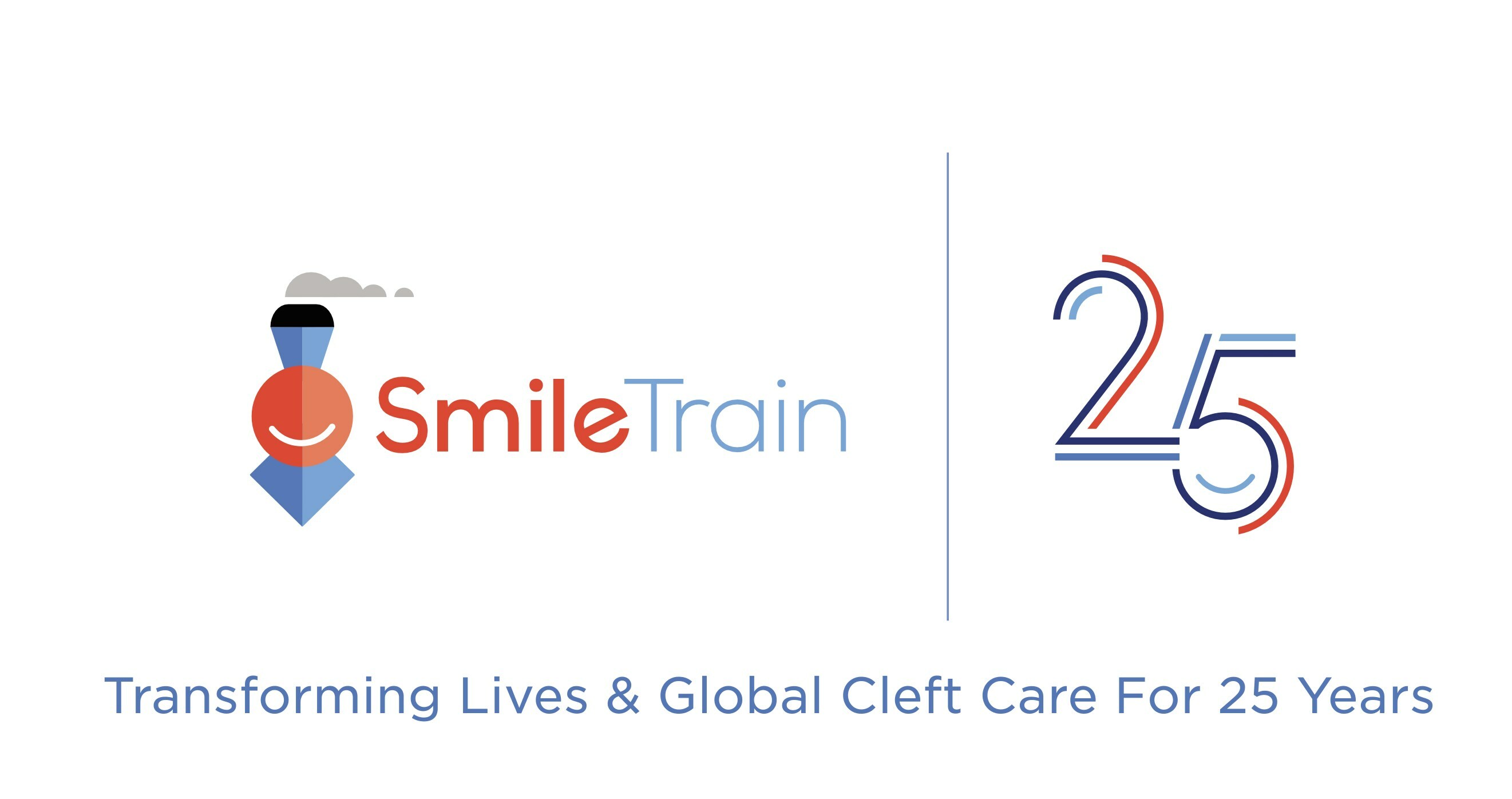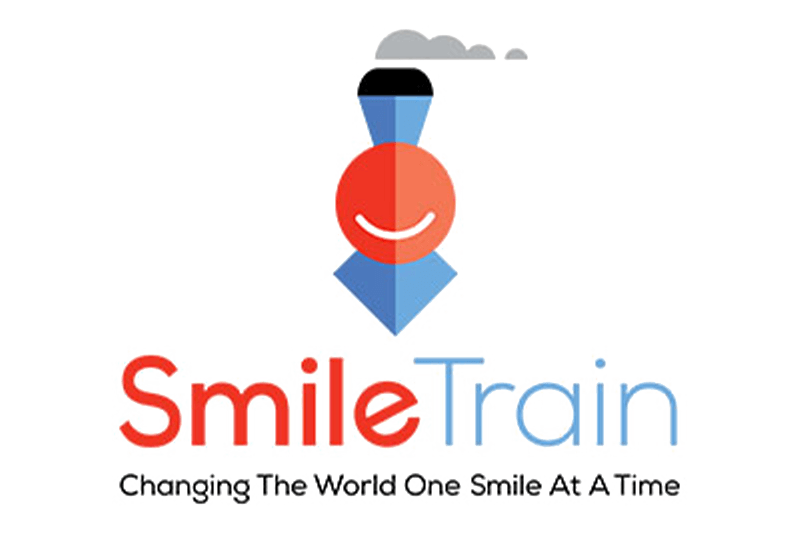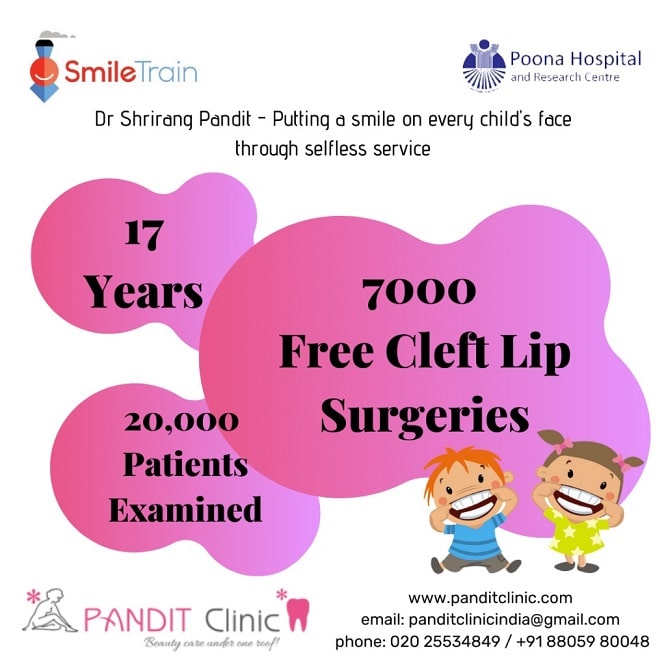Which Is Better Operation Smile Or Smile Train
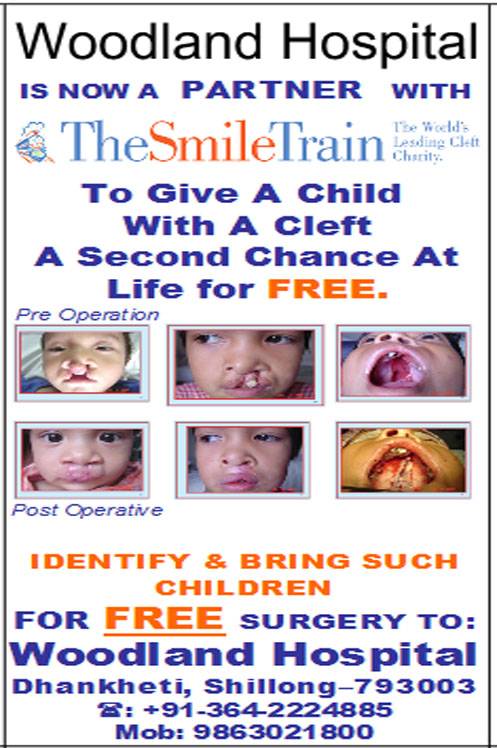
The air crackles with anticipation in the makeshift operating room. Sunlight streams through the window, illuminating dust motes dancing above the focused faces of the medical team. A young child, prepped for surgery, lies peacefully under anesthesia, their future about to be reshaped, not just physically, but emotionally and socially.
When it comes to correcting cleft lips and palates in underserved communities, two organizations stand out: Operation Smile and Smile Train. Both aim to give children a reason to smile, but they approach this mission with distinct strategies. This article explores the nuances of these two impactful nonprofits, offering insight into their methods and effectiveness, ultimately helping you understand which approach resonates most.
A History of Smiles: The Foundations
Operation Smile, founded in 1982 by Dr. William Magee Jr. and his wife Kathleen, a nurse, pioneered the concept of short-term surgical missions.
Initially, the organization focused on sending teams of volunteer medical professionals to developing countries to provide free reconstructive surgeries.
The organization's core belief is that direct surgical intervention provides immediate and life-changing results.
Smile Train, established in 1999 by Charles Wang and Brian Mullaney, adopted a different model. Instead of relying primarily on international missions, Smile Train focused on empowering local doctors and hospitals in developing countries. This involved providing funding, training, and resources to build sustainable cleft care programs.
Comparing the Approaches: Direct Intervention vs. Local Empowerment
Operation Smile is known for its high-profile missions, often featuring large teams of surgeons, nurses, and support staff. These missions are typically short in duration, lasting a week or two, during which they perform a significant number of surgeries.
The organization emphasizes the importance of providing comprehensive care, including pre-operative evaluations and post-operative follow-up. They also conduct extensive screening processes to ensure patient safety and optimal outcomes.
Smile Train's strategy centers on building local capacity. By partnering with local doctors and hospitals, Smile Train aims to create self-sufficient cleft care systems. This approach ensures that children have access to ongoing care, not just during short-term missions.
The model is designed to empower communities to manage their own healthcare needs, leading to long-term sustainability and impact. Smile Train argues that their model is more cost-effective and reaches more children in the long run.
The Numbers Game: Scale and Reach
Both organizations have treated hundreds of thousands of children with cleft lips and palates. Quantifying their exact impact involves considering various factors, including the number of surgeries performed, the geographic reach, and the long-term outcomes for patients.
Operation Smile reports having performed over 200,000 free surgical procedures for children and young adults born with cleft lip, cleft palate, and other facial deformities.
Smile Train states they have supported more than 1.5 million cleft surgeries worldwide. These numbers are approximate and change regularly.
Financial Transparency and Efficiency: Where Does the Money Go?
Transparency and financial efficiency are crucial for any non-profit organization. Both Operation Smile and Smile Train are committed to responsible stewardship of donations, but they differ in how they allocate their resources.
Operation Smile dedicates a significant portion of its budget to funding its medical missions, which involve travel, accommodation, and equipment for the volunteer teams.
Smile Train, on the other hand, primarily uses its funds to provide grants to local partner hospitals and doctors, supporting training, equipment, and surgical costs.
Both organizations provide detailed financial reports on their websites, allowing donors to see how their contributions are being used. It's important to review these reports and consider which model aligns best with your philanthropic goals.
The Argument for Direct Intervention: The Urgency of Need
Proponents of Operation Smile's direct intervention model argue that it provides immediate relief to children who may otherwise have no access to surgical care. They emphasize the expertise and experience of their volunteer medical professionals, who bring world-class skills to underserved communities.
The impact of these missions extends beyond the individual surgeries. They also serve as educational opportunities for local healthcare providers, exposing them to new techniques and best practices.
“We believe that every child deserves access to safe, effective surgical care, regardless of their location or economic circumstances,” states Operation Smile in their mission statement.
The Case for Local Empowerment: Building Sustainable Systems
Smile Train advocates for its local empowerment model, arguing that it is the most sustainable and cost-effective way to address the global burden of cleft lips and palates. They believe that building local capacity ensures that children receive ongoing care throughout their lives.
By partnering with local doctors and hospitals, Smile Train helps to create a network of skilled providers who are familiar with the local culture and healthcare system. This approach promotes trust and collaboration, leading to better patient outcomes.
"Our vision is to solve the cleft problem in the developing world. We do this by empowering local doctors to provide cleft repair surgery in their own communities," states Smile Train on their website.
Beyond Surgery: Comprehensive Care and Support
Both Operation Smile and Smile Train recognize that cleft lip and palate repair is not just about surgery. Comprehensive care includes speech therapy, orthodontics, and psychosocial support.
Operation Smile integrates these services into its medical missions, providing patients with a holistic approach to treatment.
Smile Train supports its local partners in developing comprehensive cleft care programs, ensuring that patients have access to all the necessary services.
Controversies and Criticisms: Addressing the Challenges
Both organizations have faced criticisms over the years. Some critics have questioned the sustainability of Operation Smile's short-term missions, arguing that they do not always lead to long-term improvements in local healthcare systems.
Others have raised concerns about the quality of care provided by some of Smile Train's local partners, suggesting that more oversight is needed to ensure patient safety and optimal outcomes.
Both organizations are constantly striving to improve their programs and address these challenges.
Making an Informed Decision: Which Organization is Right for You?
Ultimately, the choice between Operation Smile and Smile Train depends on your individual values and priorities.
If you believe in the power of direct intervention and want to support organizations that provide immediate relief to children in need, Operation Smile may be a good fit.
If you are passionate about building sustainable healthcare systems and empowering local communities, Smile Train may be a better choice.
Consider researching both organizations thoroughly, reviewing their financial reports, and reading stories from patients and volunteers. Talk to people who have supported both causes and consider their opinions and experiences.
The Unifying Goal: A World of Smiles
Despite their different approaches, Operation Smile and Smile Train share a common goal: to give children with cleft lips and palates a chance to live healthy, happy, and fulfilling lives.
Both organizations are making a significant impact on the lives of countless children around the world.
Whether you choose to support Operation Smile, Smile Train, or another organization dedicated to cleft care, your contribution will help to bring a smile to a child's face.
As the sun sets, casting long shadows across the operating room, the final stitches are placed. A new smile is born, a testament to the dedication and compassion of those who believe in the power of transformation. The debate about which method is "better" may continue, but the shared commitment to these children is a powerful force for good.




